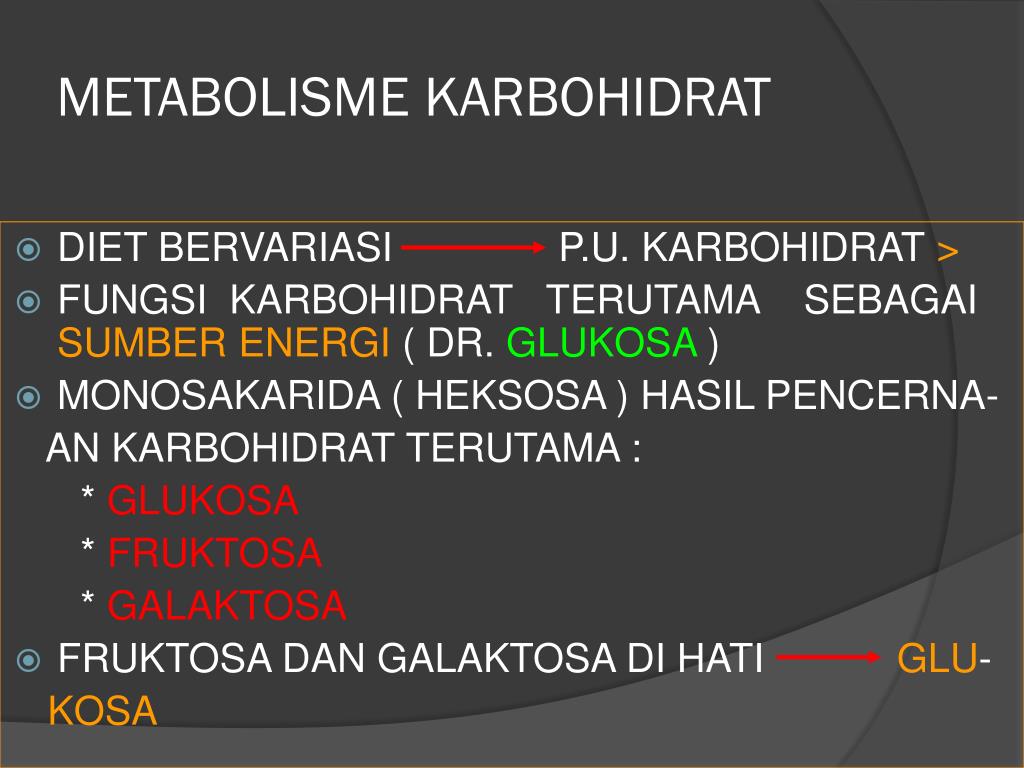

It indicates that the use of e-modules impacts interest and learning outcomes. The level of effectiveness of the learning e-module through students' learning interest obtains the medium category, and the increase in students' physics learning outcomes obtains the medium category. The level of practicality of the static fluid physics learning e-module through the results of student responses is 87.42% (very good), and the teacher's response results are 86.25% (very good). The results showed that the static fluid physics learning e-module had a validity percentage of 89.95% (very good). Data analysis techniques consist of descriptive analysis and hypothesis testing. The research instrument consisted of validator sheets, teacher and student response questionnaires, and learning achievement test sheets. The research object was class XI SMA, with a trial sample of 25 students.

The type of research used is Research and Development with the ADDIE method. This study aims to develop an e-module on static fluid material based on corporate edition flip pdf software. It causes students difficulty in understanding the learning material. ICT-based learning resources that are developed still need to be improved, especially in areas where learning facilities are lacking. The E-Module dissemination in the organic chemistry learning process is being carried out and will be published in the next article.

Based on the assessment of material, language, and media, it can't be ignored that this E-module gets a good interpretation so that it is suitable for use in the learning process in the organic chemistry course with carbohydrate ingredients. Furthermore, the E-module that has been compiled is validated by material, language, and media experts using a standard Likert scale instrument. The E-Module development procedure was carried out by analyzing initial needs in the form of interviews with lecturers and distributing questionnaires to 75 chemistry students. The research method used was Research and Development (R&D) with the Borg and Gall model. The contents of the E-module consist of carbohydrate discussion material which is equipped with video, pictures, hyperlinks, flash, and formative tests on each sub-chapter material. The E-Module carbohydrates were developed with the Chemistry undergraduate program curriculum. The study focused to develop an electronic module (E-Module) by using the Flip PDF Professional application as a medium for learning organic chemistry that concern about carbohydrates that can be accessed through smartphones on the Android platform, desktops, and laptops. The use of technology can be effectively better in learning media.

It brings a very large impact on education in this century. The development of technology and information is already well-known in the Industrial Revolution 4.0.


 0 kommentar(er)
0 kommentar(er)
